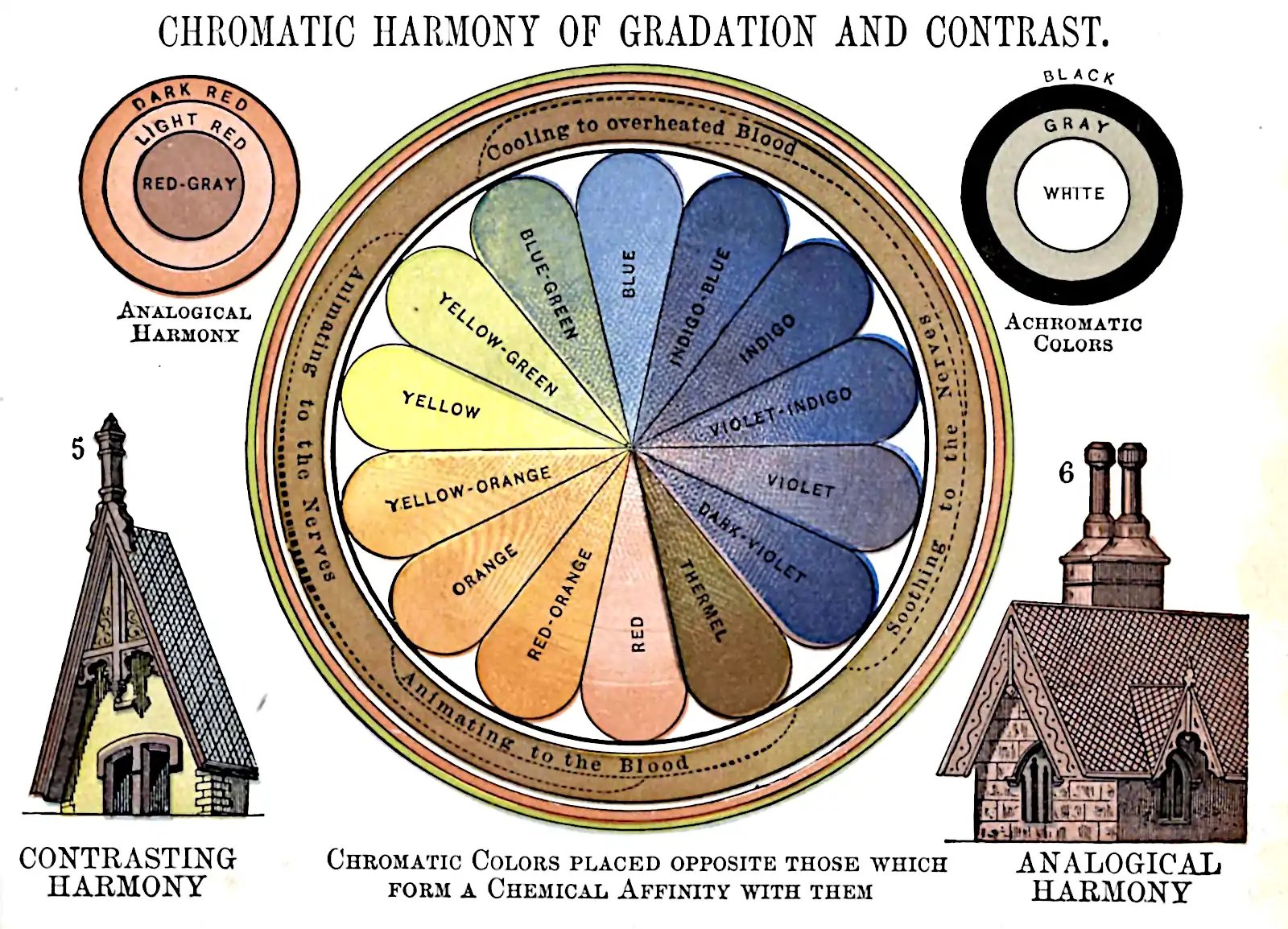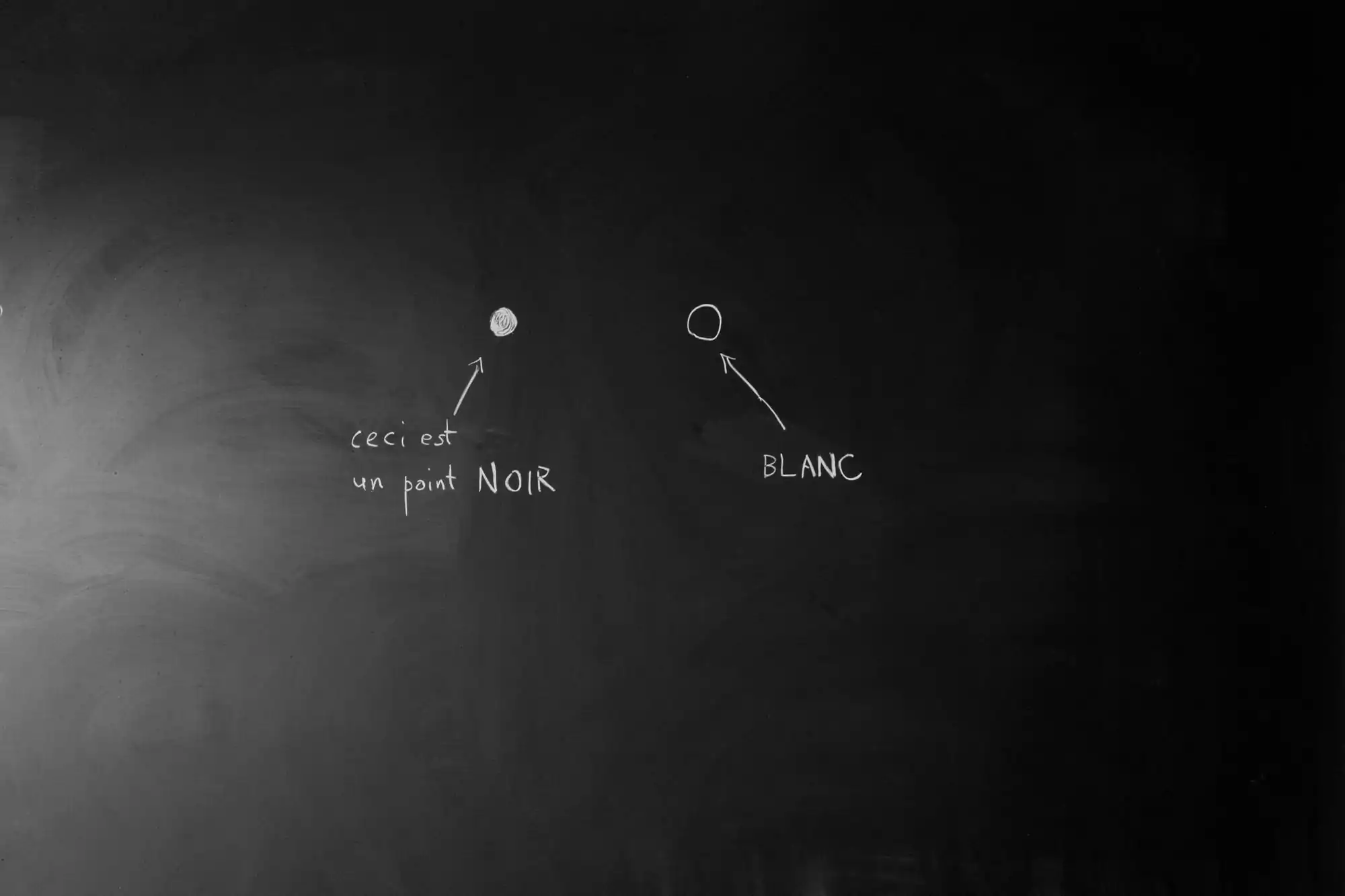Colour
April 7, 2015 — March 24, 2021
making things
mind
perception
sparser than thou
Suspiciously similar content
User’s guide to hues and the magic of sensing an infinite spectrum with only 4 types of light sensors in the human eyeball, and to the difficulties of reproducing that magic for print and RGB display. A case of dimensionality reduction, one of history’s more lengthily studied.
1 Philosophy
- Phillip Ball on the weirdly fascinating world of paint pigments and why greens fade.
- Robert Simmon’s fascinating introduction to colour for NASA
- Design for hackers does colour theory: Why Monet never used black and you shouldn’t either.
- The color purple is unlike all others, in a physical sense
2 Practicalities
Design for non-designers. This is indeed the original what color is the bikeshed problem. Naturally enough, there are too many options.
2.1 Maximally distinct colours
Via Tom Blau, Where can I find a large palette / set of contrasting colors for coloring many datasets on a plot?.
2.2 Informative colour maps
- ColorBrewer: Color Advice for Maps is a classic
- Kenneth Moreland on colourmaps for scientific visualization. See also his Why We Use Bad Color Maps and What You Can Do About It
- colorbox is a colour gradient/palette design tool.
2.3 Harmonious colour palettes
- colorspaces
- bootswatch
- happyhues
- smart-swatch
- mycolor.space
- colors.lol catalogues overly descriptive color palettes from @colorschemez
3 Color in Inkscape
- Imitation Pantone Palette for Inkscape etc (I don’t know if they suffer from copyright restrictions, but this vanishes regularly enough from the internet that I have suspicions.)
- Where to put your color profiles:
~/.local/share/color/icc/
4 Colour in imagemagick
Colorspace conversions are hidden in imagemagick.
5 Incoming
- Color Oracle simulates colour blindness for accessibility of visualisations and plots, etc.

